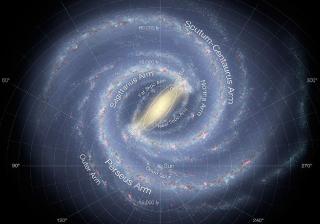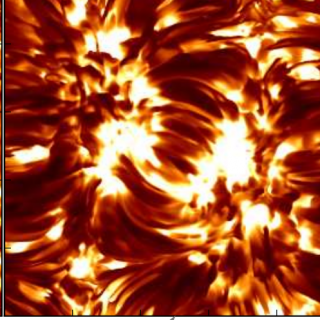Bibcode
Hammersley, P. L.; Cabrera-Lavers, A.; Garzón, F.; Asensio Ramos, A.; González-Fernández, C.
Referencia bibliográfica
The Astrophysical Journal, Volume 782, Issue 2, article id. 86, 11 pp. (2014).
Fecha de publicación:
2
2014
Revista
Número de citas
12
Número de citas referidas
11
Descripción
While the shape of the extinction curve in the infrared is considered to
be set and the extinction ratios between infrared bands are usually
taken to be approximately constant, a number of recent studies point to
either a spatially variable behavior of the exponent of the power law or
a different extinction law altogether. In this paper, we propose a
method to analyze the overall behavior of the interstellar extinction by
means of the red-clump population, and we apply it to those areas of the
Milky Way where the presence of interstellar matter is heavily felt:
areas located in 5° < l < 30° and b = 0°. We show that
the extinction ratios traditionally used for the near infrared could be
inappropriate for the inner Galaxy and we analyze the behavior of the
extinction law from 1 μm to 8 μm.
Proyectos relacionados

Morfología y dinámica de la Vía Láctea
El Proyecto se estructura en dos partes, diferenciadas pero complementarias: morfología y dinámica. El estudio detallado de la morfología de la Vía Láctea pretende proveer una base de datos de distribución estelar en las regiones más alejadas y extintas de nuestra Galaxia, mediante el desarrollo de modelos semiempíricos a partir de la información
Martín
López Corredoira

Magnetismo, Polarización y Transferencia Radiativa en Astrofísica
Los campos magnéticos están presentes en todos los plasmas astrofísicos y controlan la mayor parte de la variabilidad que se observa en el Universo a escalas temporales intermedias. Se encuentran en estrellas, a lo largo de todo el diagrama de Hertzsprung-Russell, en galaxias, e incluso quizás en el medio intergaláctico. La polarización de la luz
Ernest
Alsina Ballester